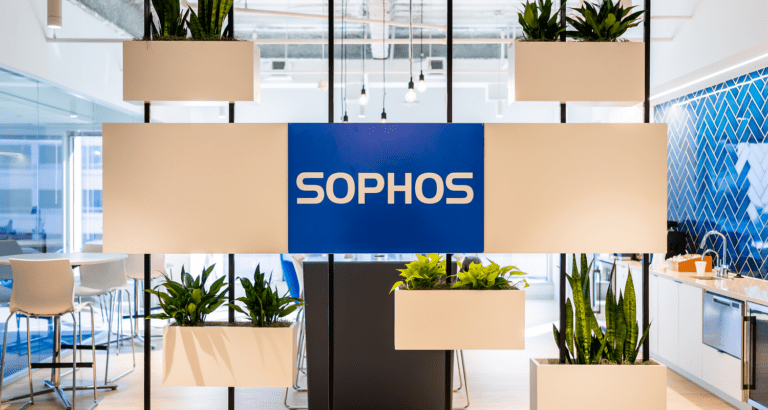Sophos announces the acquisition of SOC.OS. The company develops a solution that reads and filters alerts from multiple security solutions. Noise is reduced, allowing the most important alerts to surface.
SOC.OS was founded in 2020, following a split from BAE Systems Digital Intelligence. The technology centralizes the alerts from all security solutions and platforms within an organization. Unimportant alerts can be filtered out.
The solution tackles an important problem. When integrating and using the security software of several vendors, an organization ends up with an abundance of alerts. SOC.OS runs on top of all existing solutions to filter and prioritise alerts.
Sophos is acquiring SOC.OS. Sophos develops multiple managed threat response (MTR) and extended detection and response (XDR) solutions. The portfolio is right up SOC.OS’s alley. Sophos will integrate SOC.OS to manage the alerts of all third-party security tools.
Alert fatigue
“Alert fatigue and lack of visibility still plague security teams worldwide”, responds Dave Mareels, CEO and co-founder of SOC.OS. “For many defenders, however, the complexity and cost of traditional security solutions act as barriers to adoption. By joining forces with Sophos, we can address these challenges together, head on.”
“Sophos MTR is one of the fastest-growing new offerings in the company’s history”, said Joe Levy, chief technology and product officer at Sophos. “The top enhancement request from these customers is ‘better integrations with existing security environments’, and with the innovative technology from SOC.OS, we will be able to do just that – seamlessly integrate Sophos’ MTR and XDR solutions within their current set of security and IT solutions.”
Sophos ZTNA
In addition to XDR and MTR, Sophos develops network security solutions, including Zero Trust Network Access. Employees only get access to the applications they need. The goal is to keep infected endpoints out of the corporate network.
